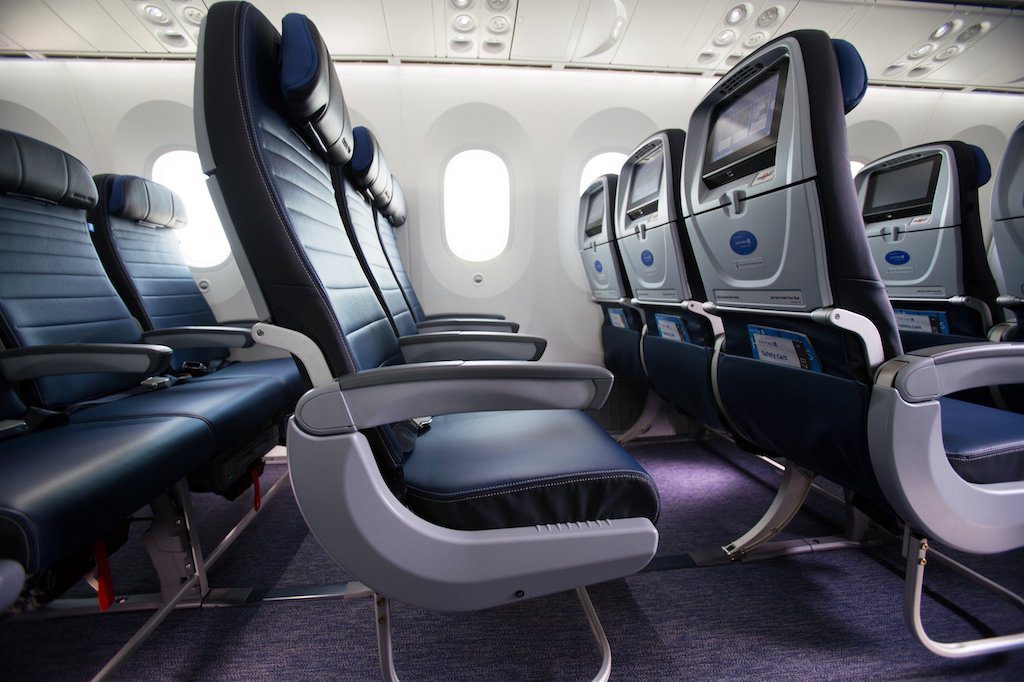How Is United Airlines' Loyalty Program Worth $22 Billion?

Skift Take
Analysts long sought information about the economics of U.S. airline loyalty programs, believing they might be as worth as much as the airlines themselves. Executives repeatedly would parry questions, offering limited data on their crown jewels.
But United Airlines is in a cash crunch, and on Monday it said it would secure a $5 billion loan against the value of its loyalty program, MileagePlus Holdings. In doing so, United shared data about its scheme, spilling one of the industry's worst-kept secrets: These programs are extremely valuable.
In some ways, the data shows what you might expect. United loyalists spend more money with the airline than others, including during bad times, and may prop it up in an eventual recovery. What's less known is how much revenue other activities produce, especially sales of miles to partners, including credit card companies, which buy miles from airlines and use them to reward their customers.
First, some details. United said MileagePlus produced $1.8 billion in earnings last year before interest, taxes, depreciation and amortization, or Ebitda. The program sold about $5.3 billion in miles in 2019, accounting for 12 percent of the airline’s overall revenue, and produced a margin of 34 percent. The airline values MileagePlus at nearly $22 billion, or 12 times Ebitda.
Where's all this revenue coming from?
About 71 percent of the program's cash from miles sales come from third parties, including credit card companies and businesses like Marriott. These companies may pay as much 2 cents for each mile, according to United's presentation, and these sales accounted for about $3.8 billion in revenue last year.
The remaining 29 percent comes from United, which "bought" about $1.5 billion worth of miles from MileagePlus Holdings last year, at a little more than half the cost of what third parties pay. The airline uses those miles to reward customers for flying, with passengers receiving miles based on how much they pay for their tickets. The pricier the ticket, the more miles a customer receives.
MileagePlus has costs, too. Passengers use miles for "free" flights, and MileagePlus needs to fulfill them. But MileagePlus is not paying retail for the seats. According to the presentation, MileagePlus may buy an award seat from United for around 1 cent per mile, resulting as much of a 50 percent profit if the miles originally came from a third party.
The airline industry is in disarray, with United's ticketed passenger revenue down 90 percent this month, but United said the loyalty business remains strong. MileagePlus’ third party sales keep coming, partly a result of long-term contracts that require companies to buy miles on regular schedules.
For its own customers, United now is buying far fewer miles from its sister company, which puts the 29 percent of mileage sale revenue at risk. But MileagePlus also is fulfilling significantly fewer redemptions, because so few people are traveling. In April and May, United said, redemptions were down 83 percent.
Many loyalty programs have diversified redemptions opportunities so they can get miles off their books, hawking iPads, inflight Wifi subscriptions, or even wine club deliveries. But the vast majority of redemptions (97 percent) remain travel-specific, according to United, with about 80 percent used on United flights.
MileagePlus’s strength during a pandemic could be short-term, but United is betting otherwise, noting MileagePlus revenue fell just 2 percent during the 2008-09 global recession, a period in which the parent company's revenue decreased 19 percent.
Part of the program’s strength is how it is set up. United controls all aspects, including how many miles to create (it issued 6.2 percent more miles in 2019 than 2018) and what to charge for redemptions. Its presentation made clear United always can raise redemption prices if program margins fall or profits are in peril.
United’s presentation also notes the program has a value as a traditional loyalty enterprise. The vast majority of the airline’s most profitable customers are MileagePlus members, and often elite members of the program.
Between January 2015 and December 2019, the airline said, ticket yield (that's revenue per mile flown) among MileagePlus members was about 50 percent higher than for non members. Customers with higher frequent flyer status spend even more, the airline reported.
The core group is a demographic marketers want to reach. According to United, 65 percent of its members are between 30 and 64, while 65 percent have income over $100,000. Almost half of them live in a United hub city, while the biggest concentration (13 percent) in the New York area.
The MileagePlus program has more than 100 million members, United said.




